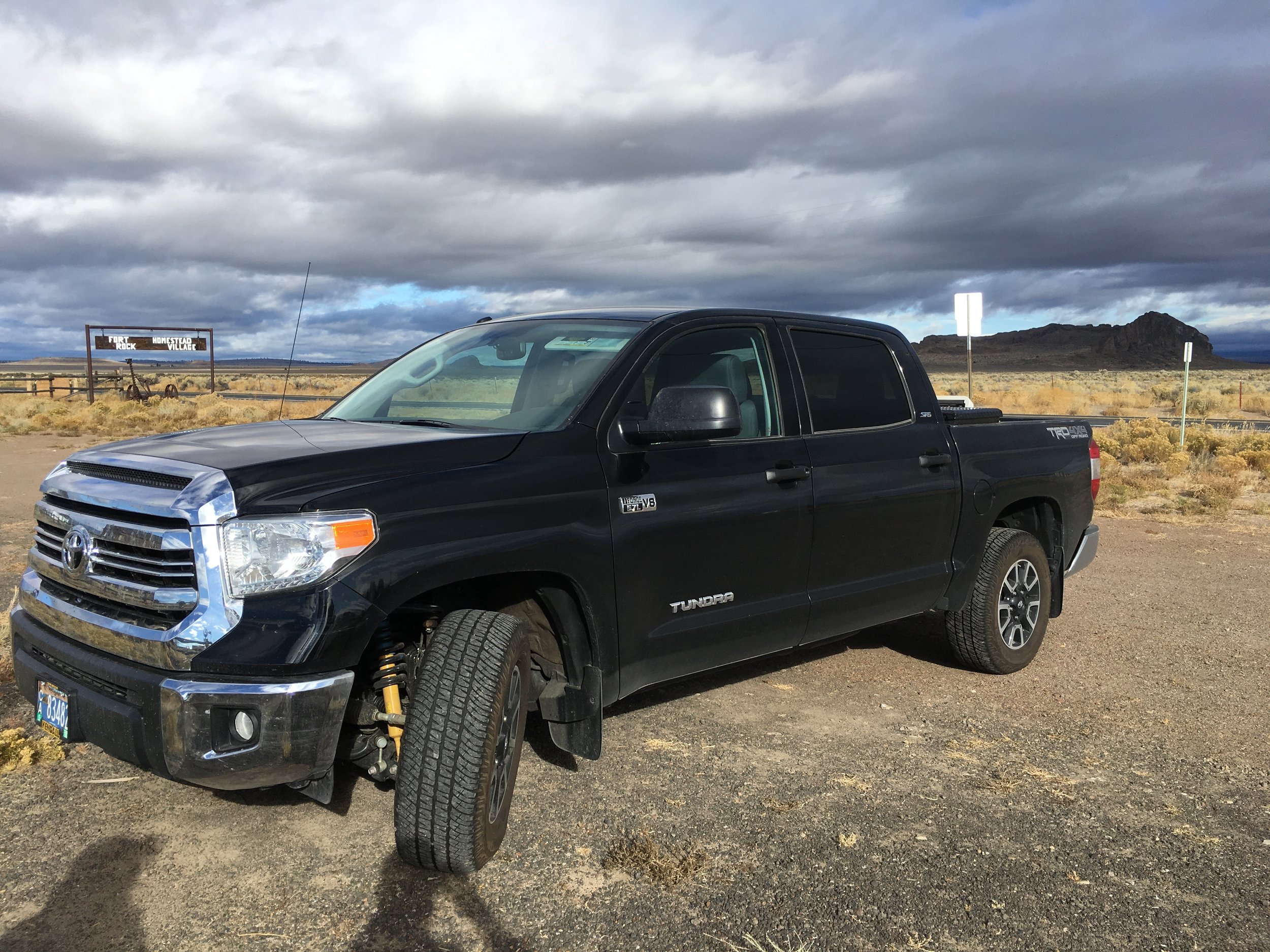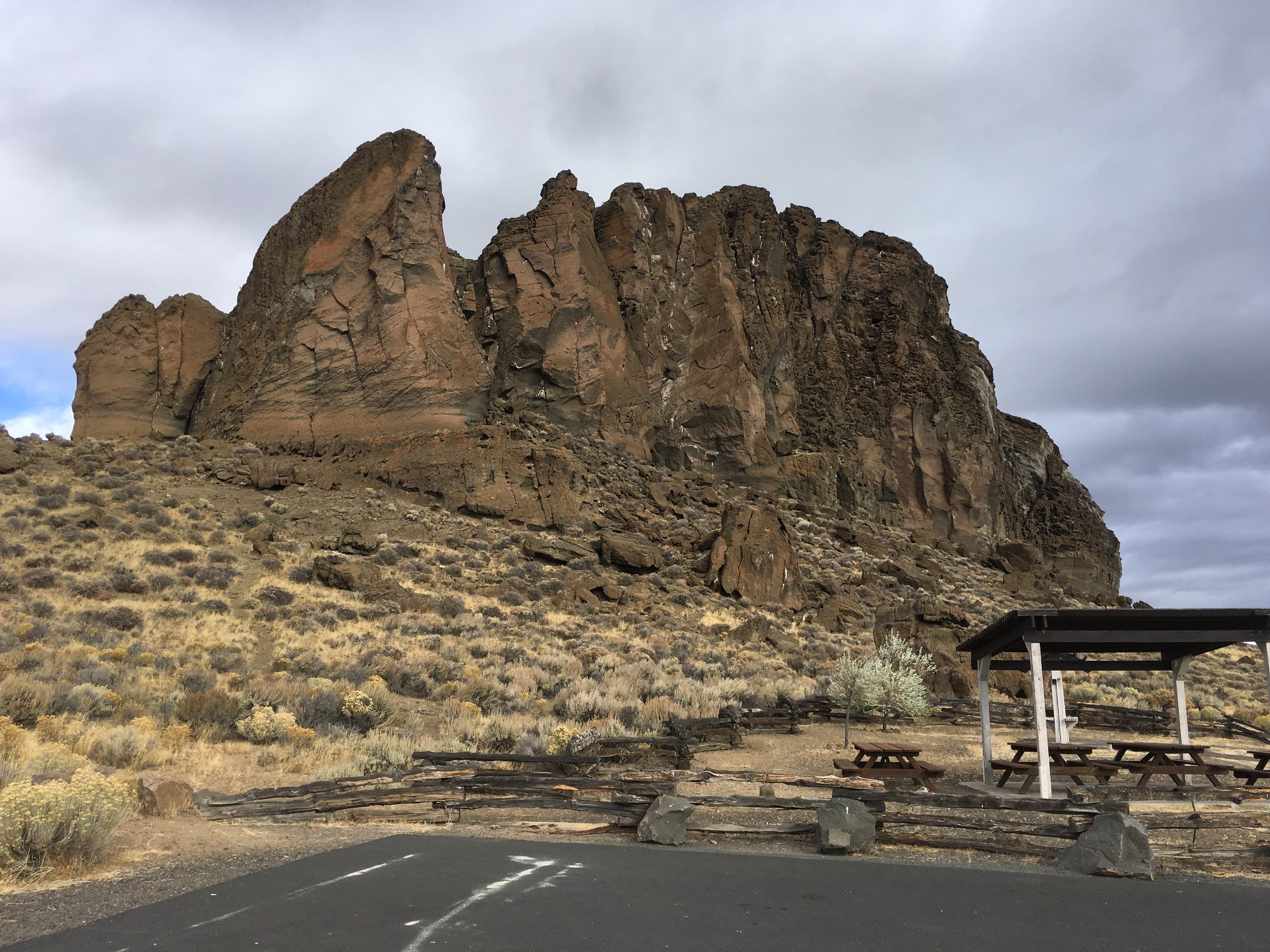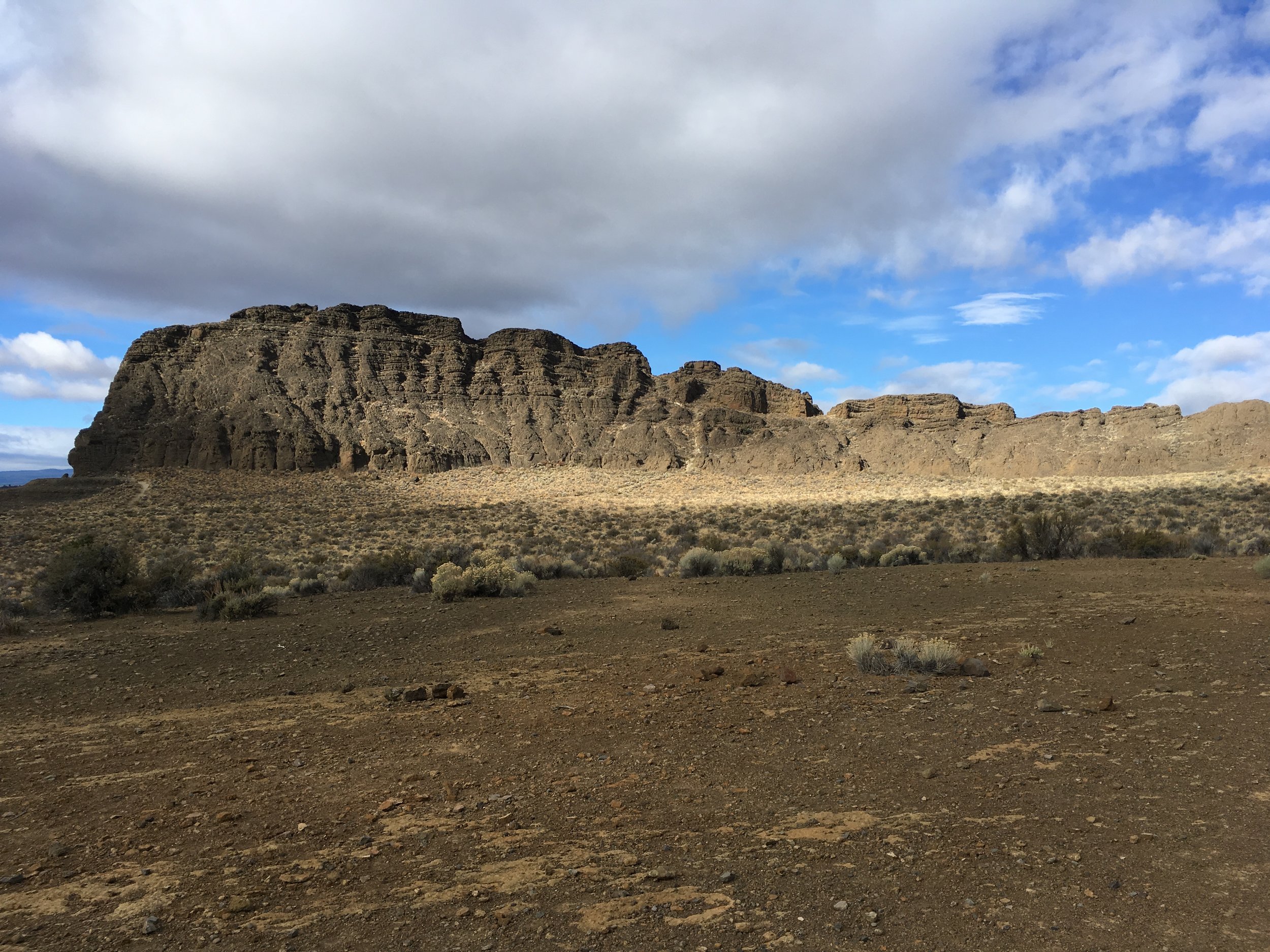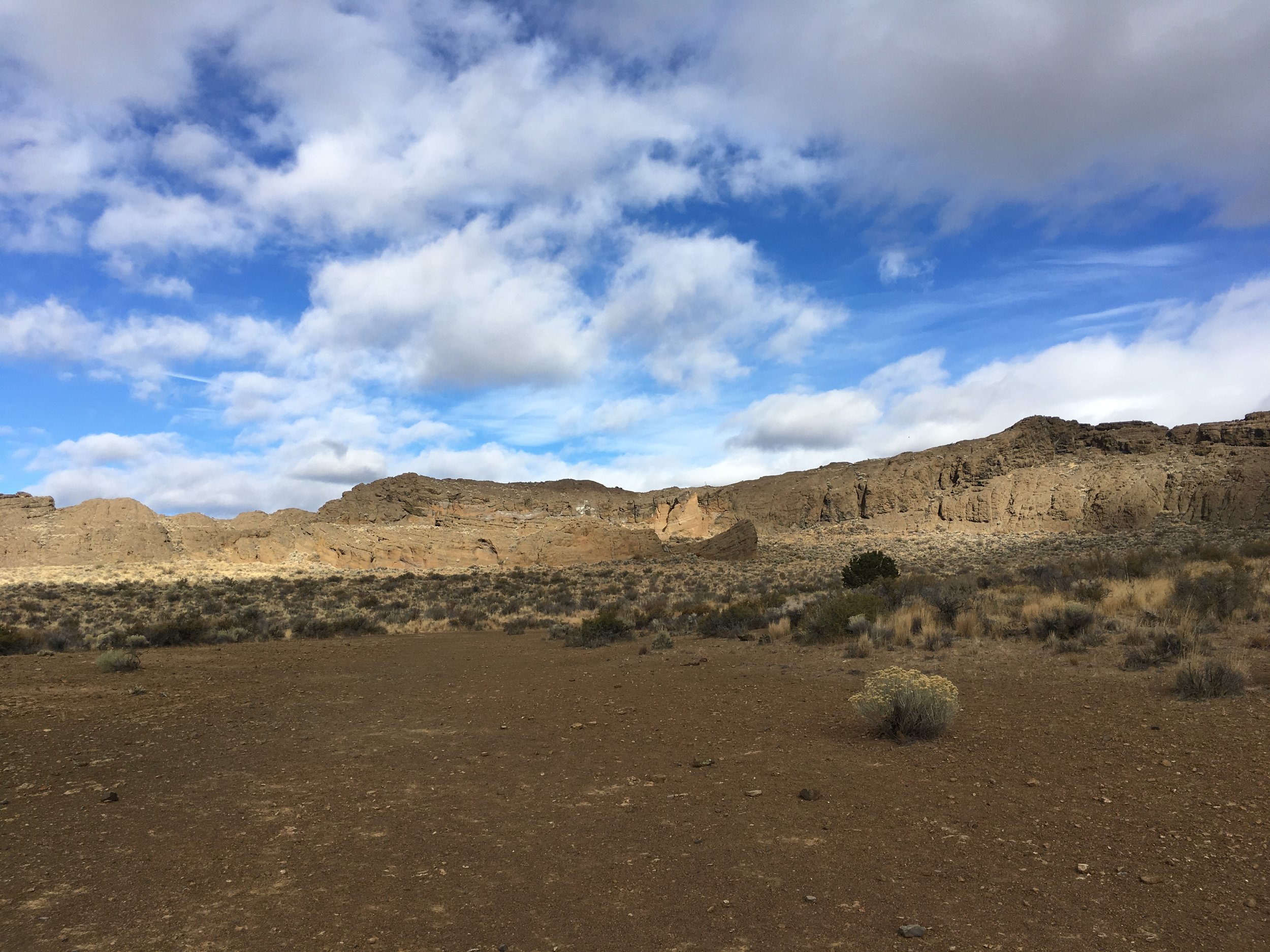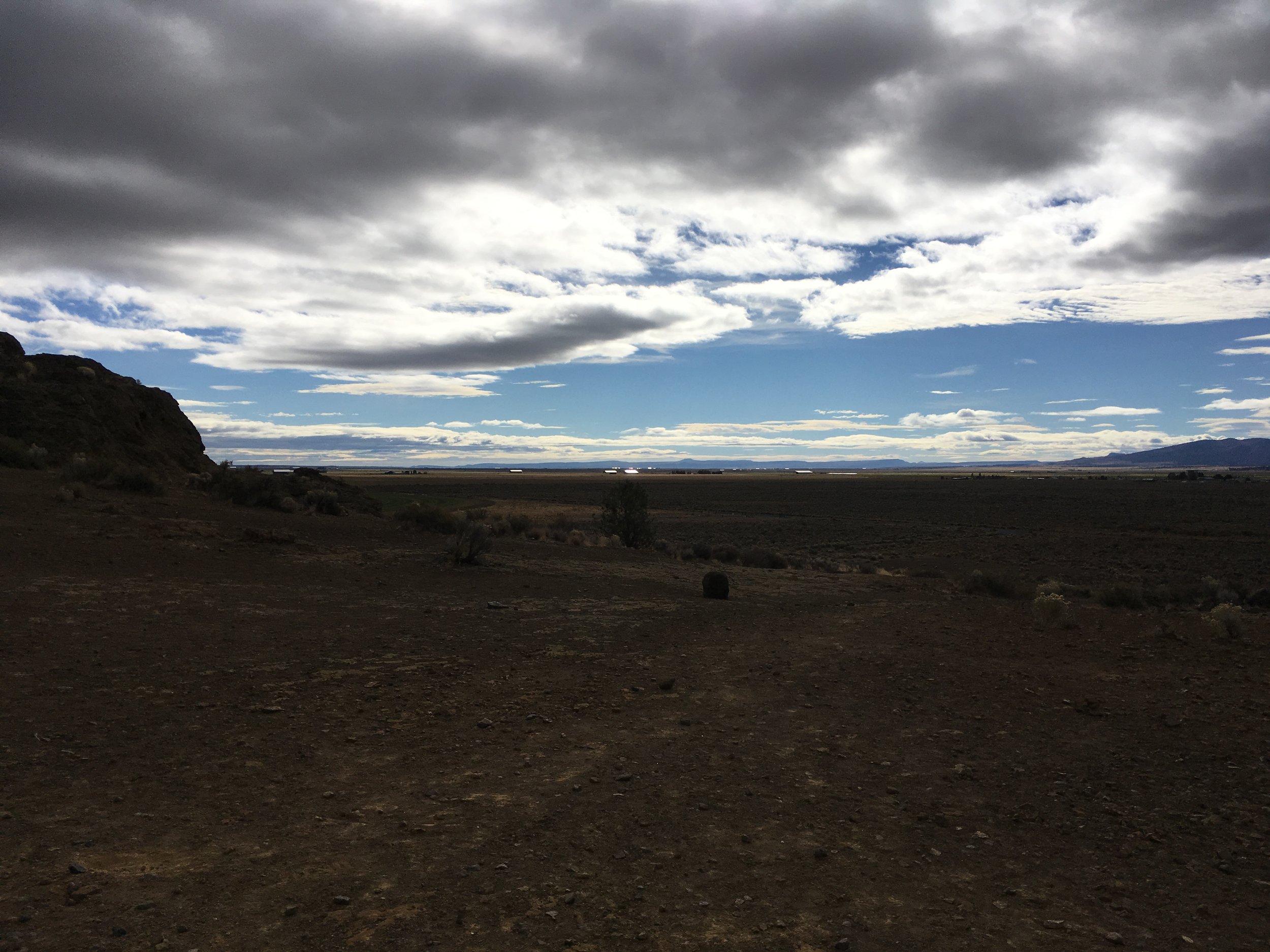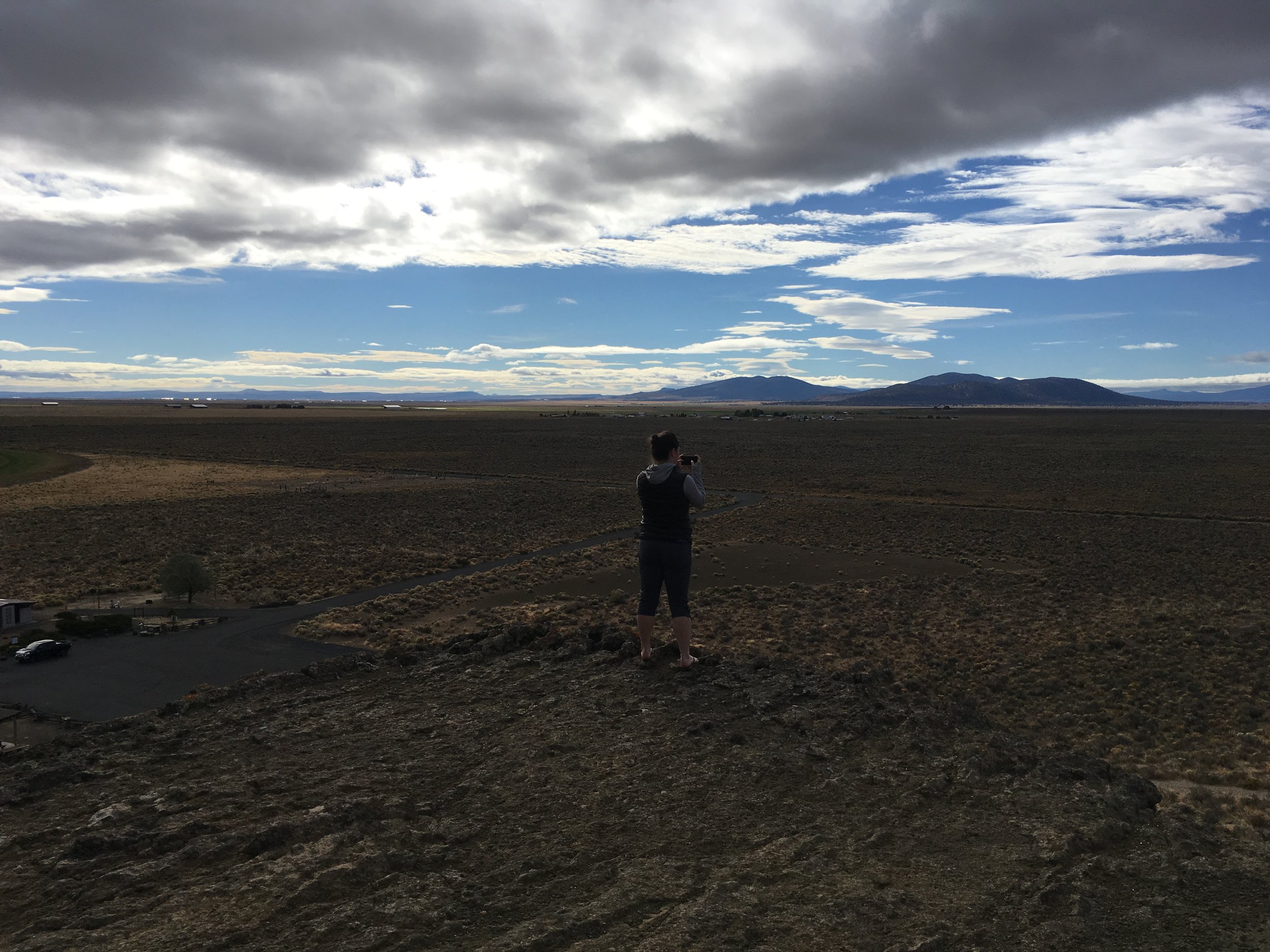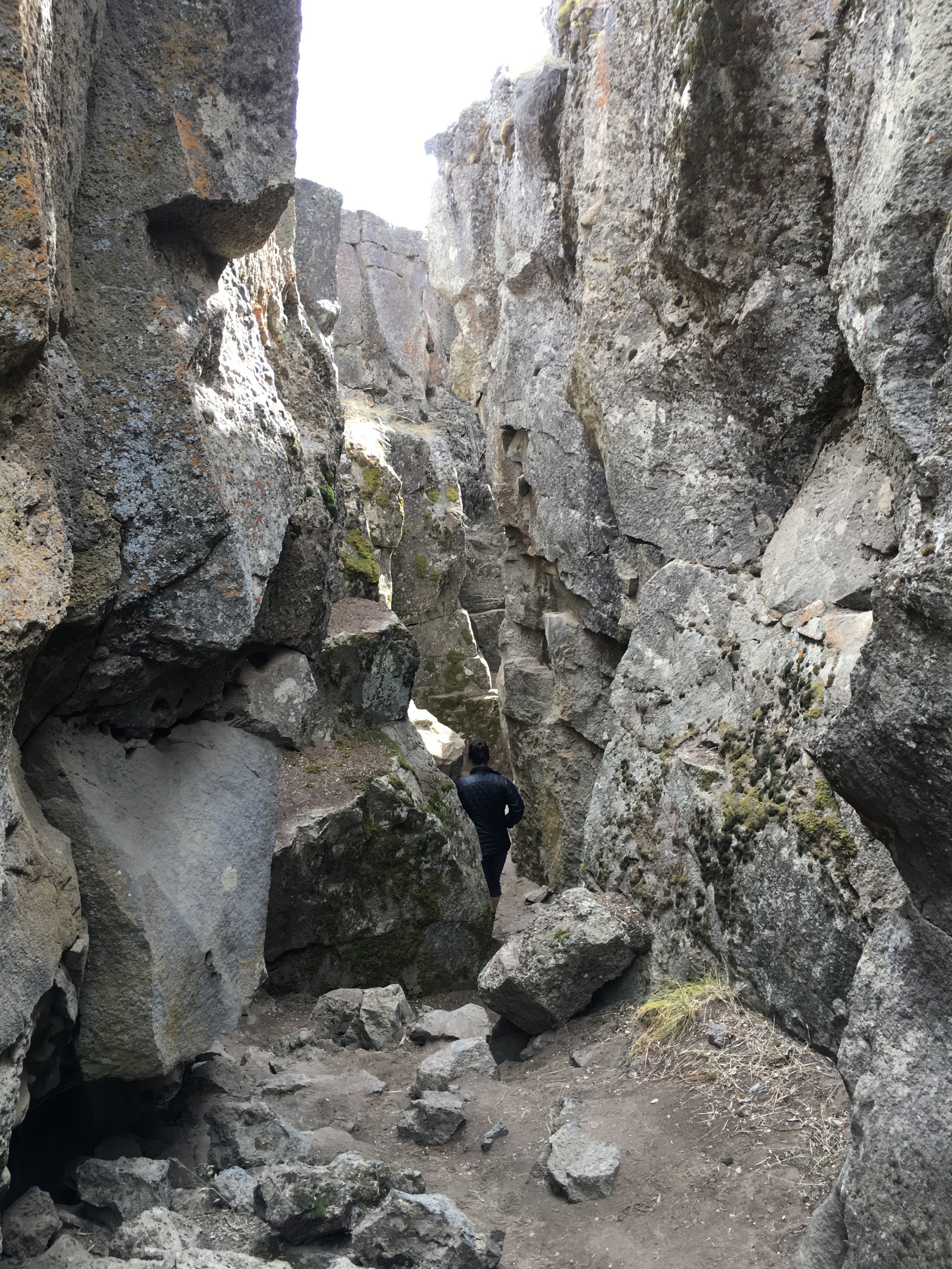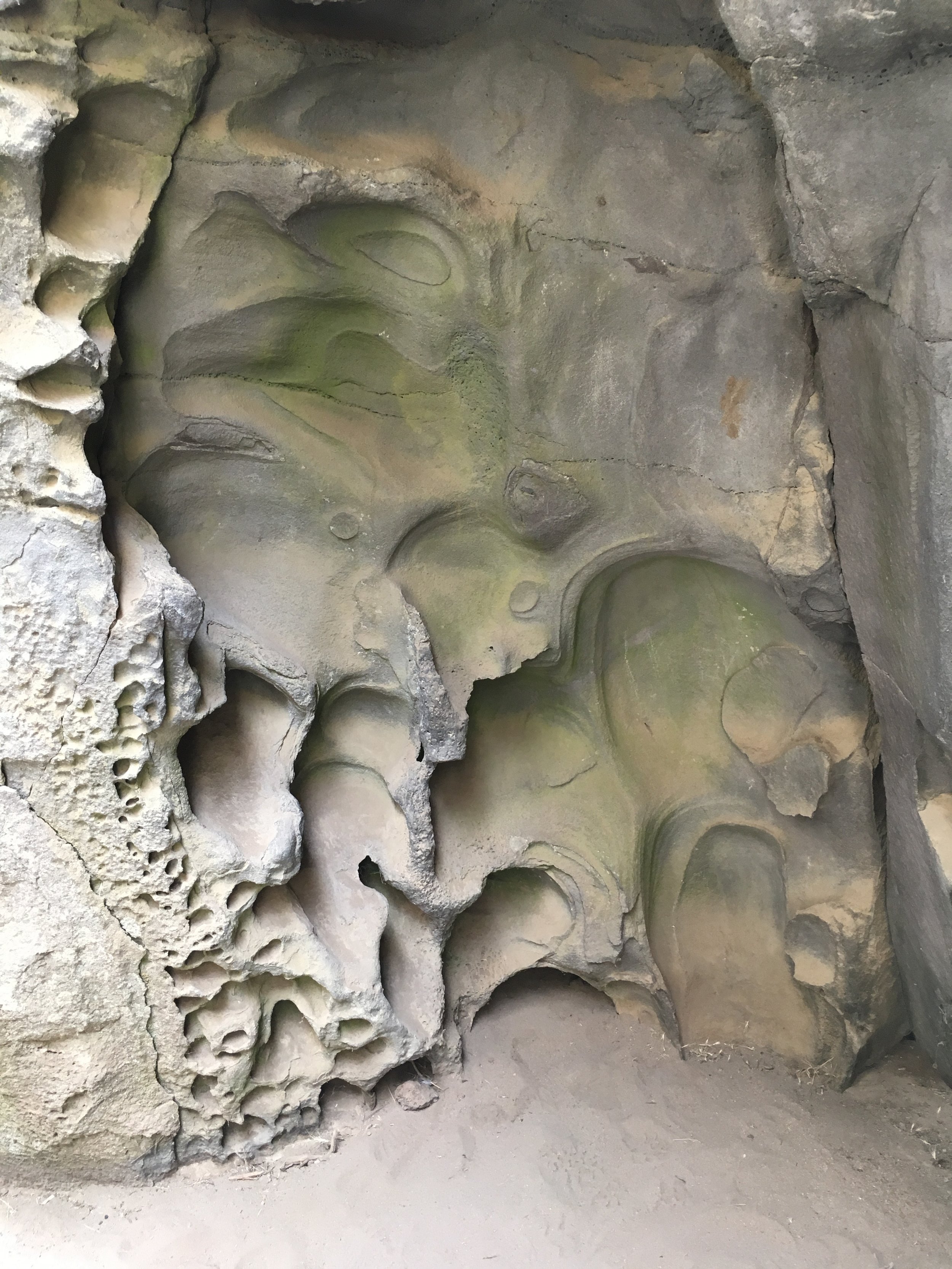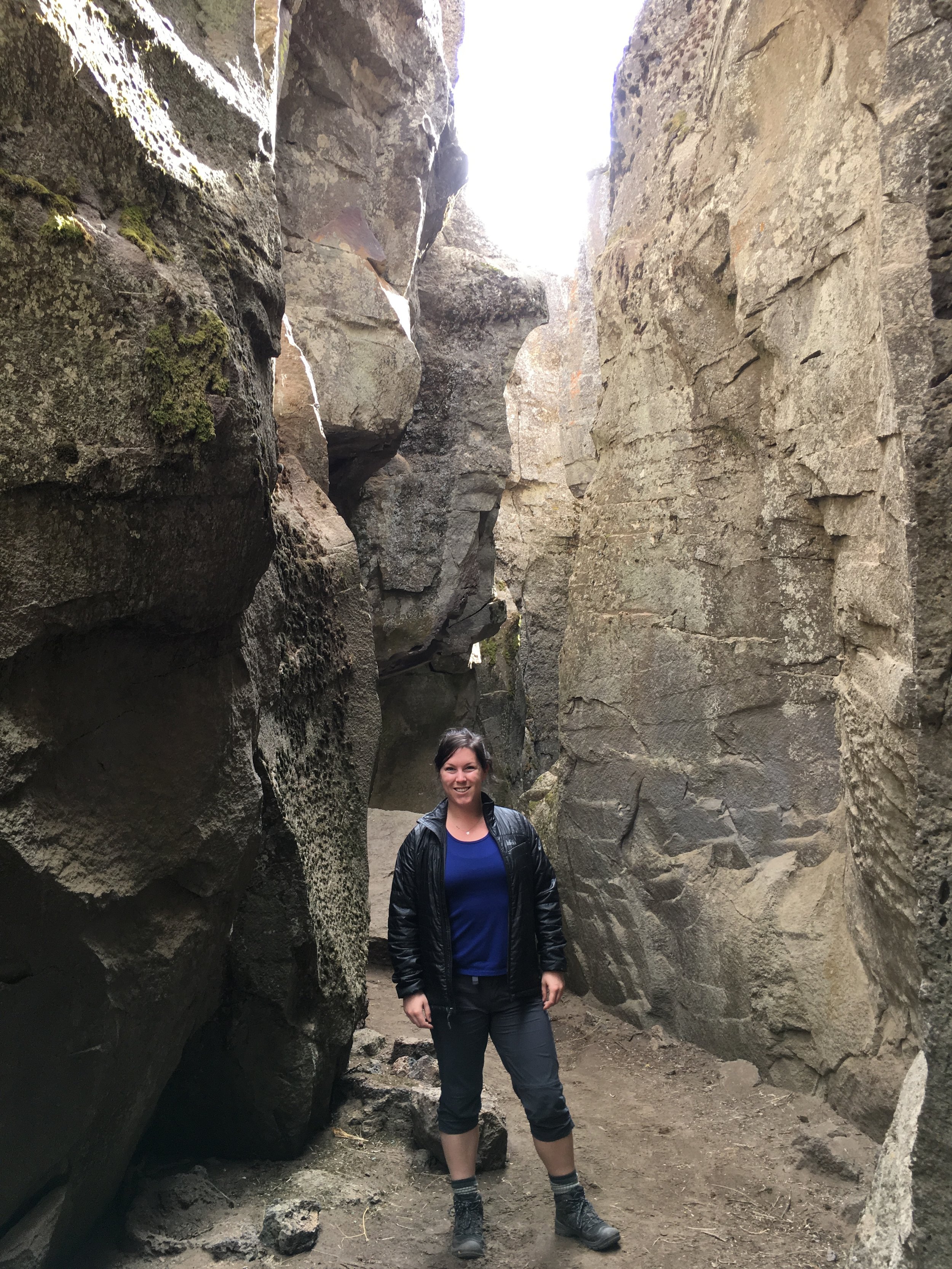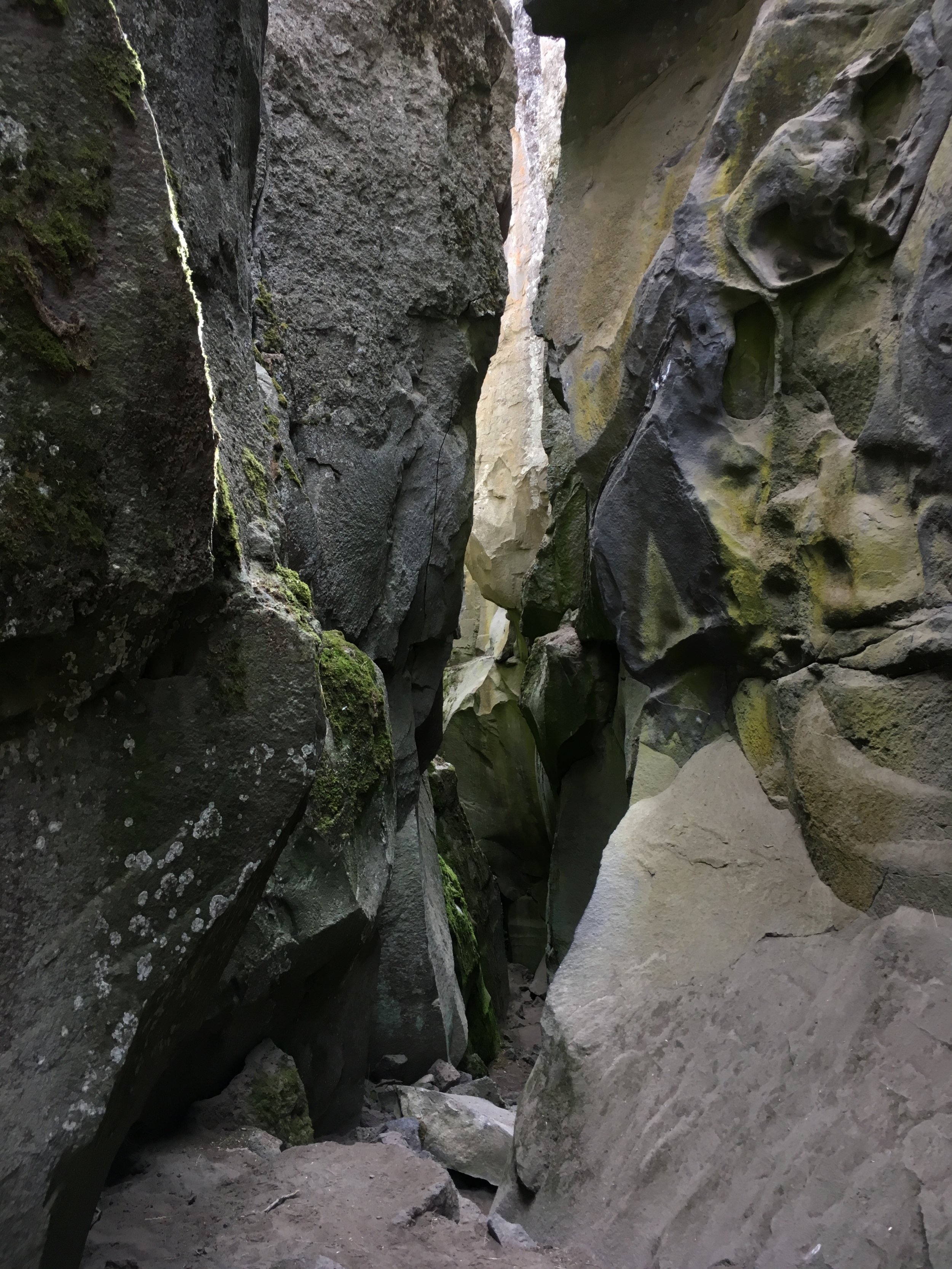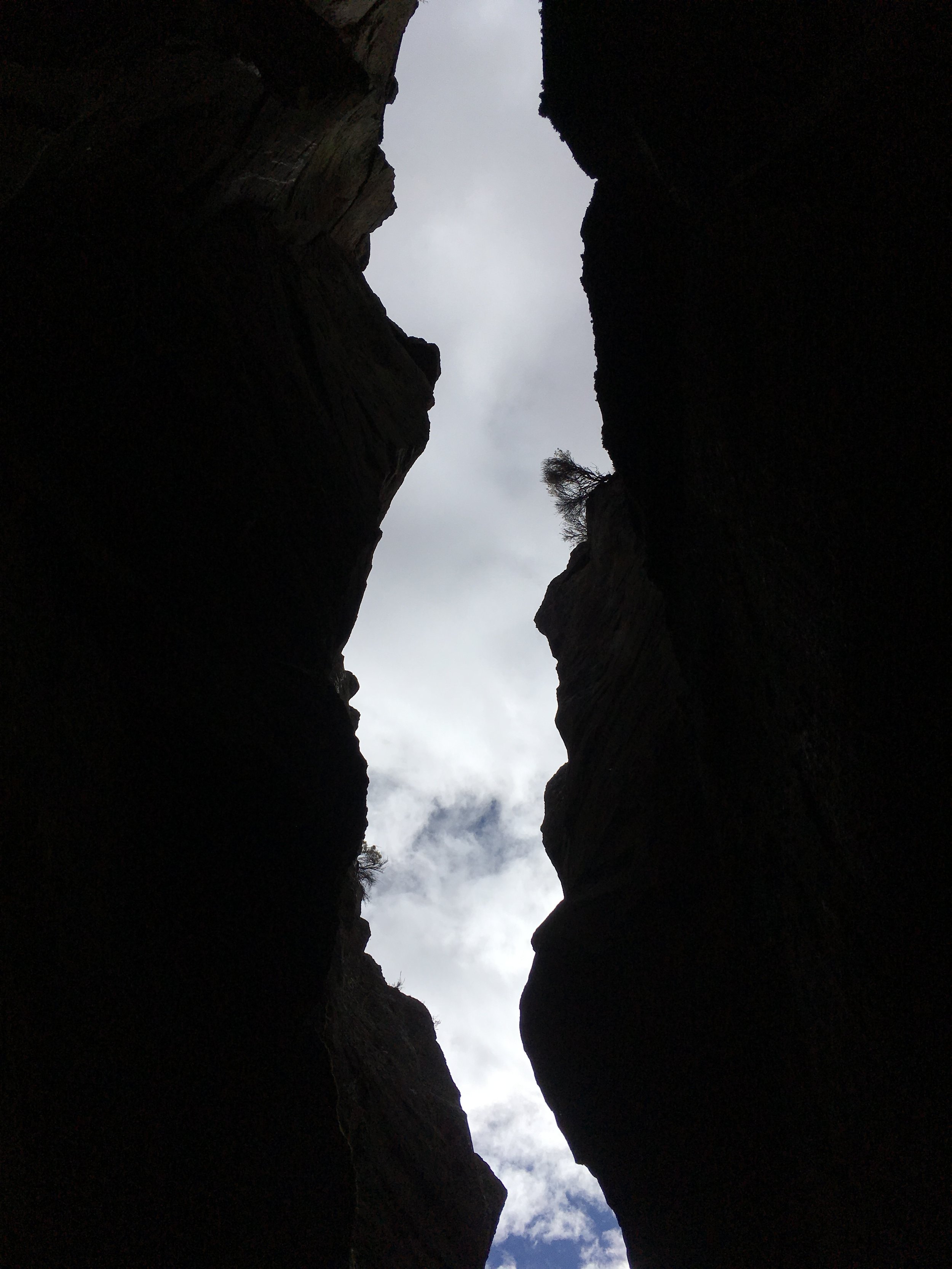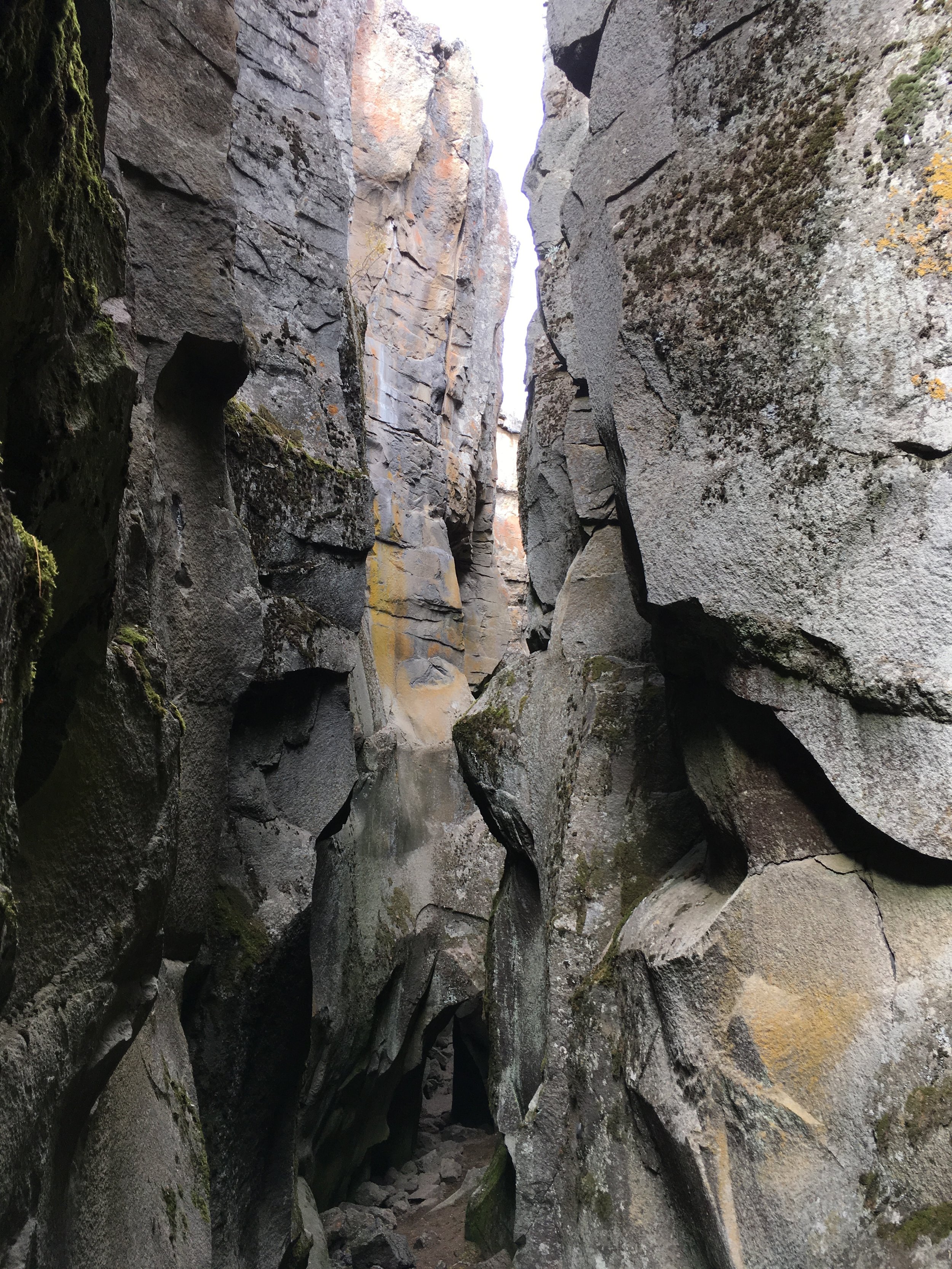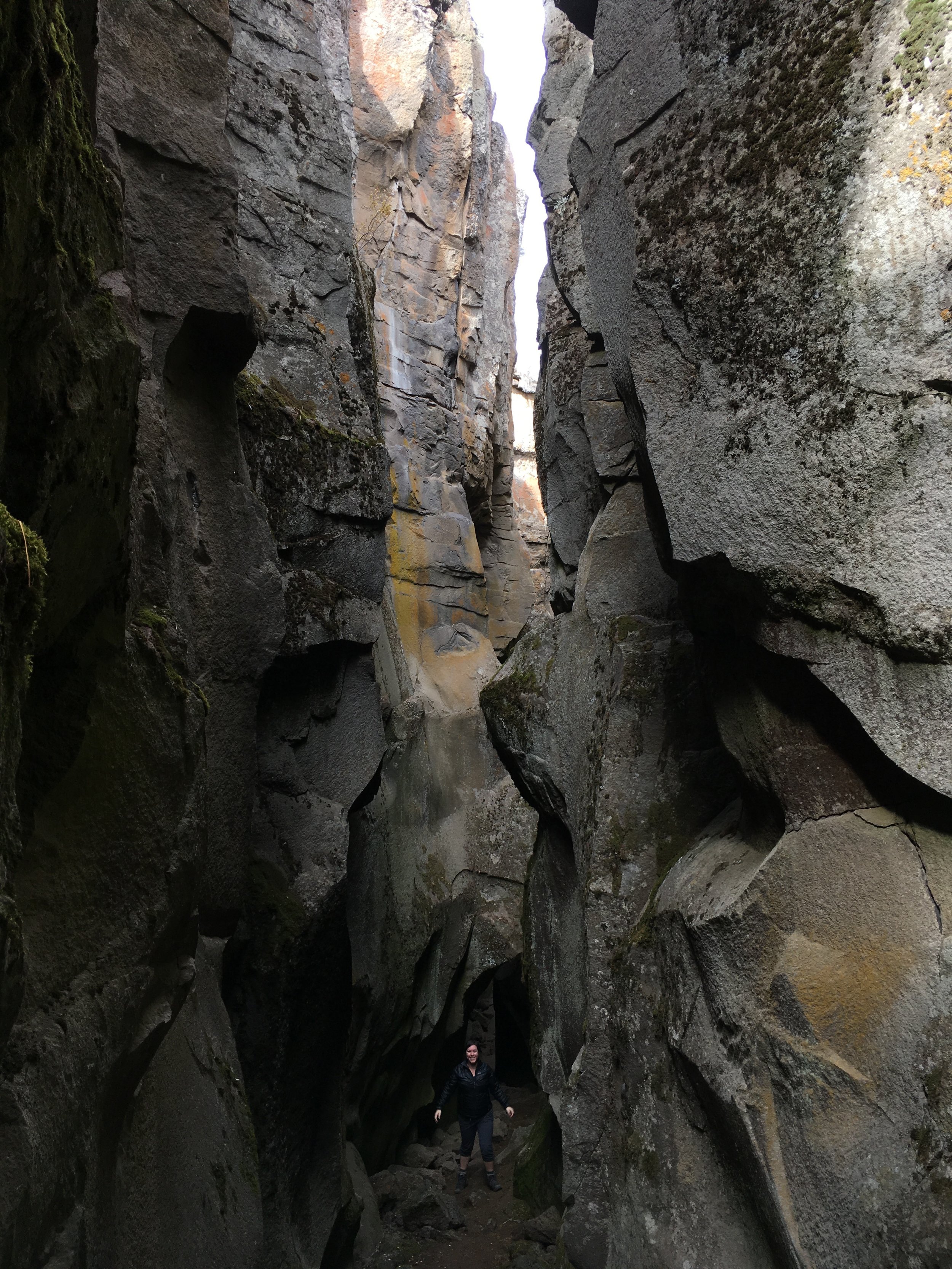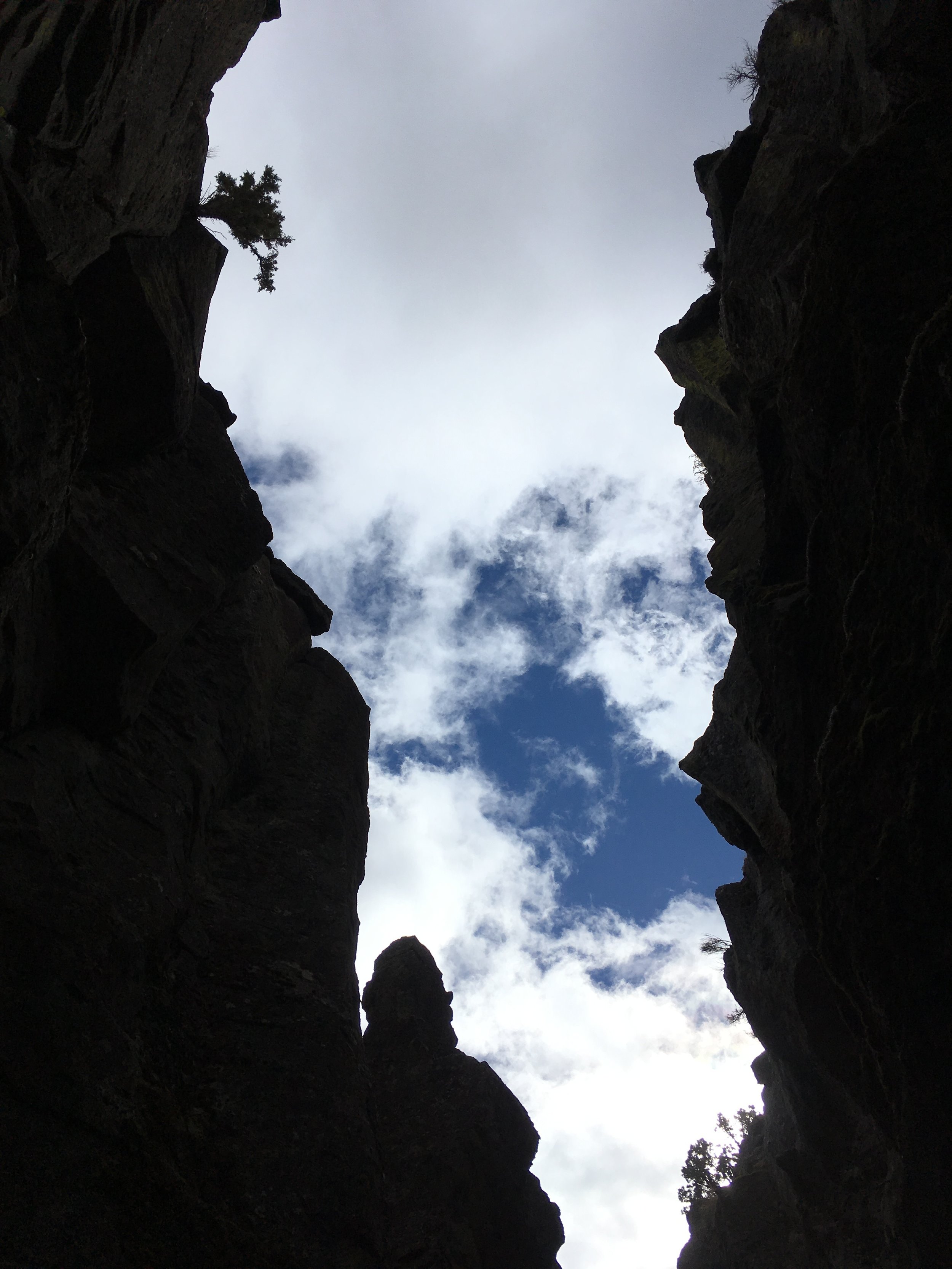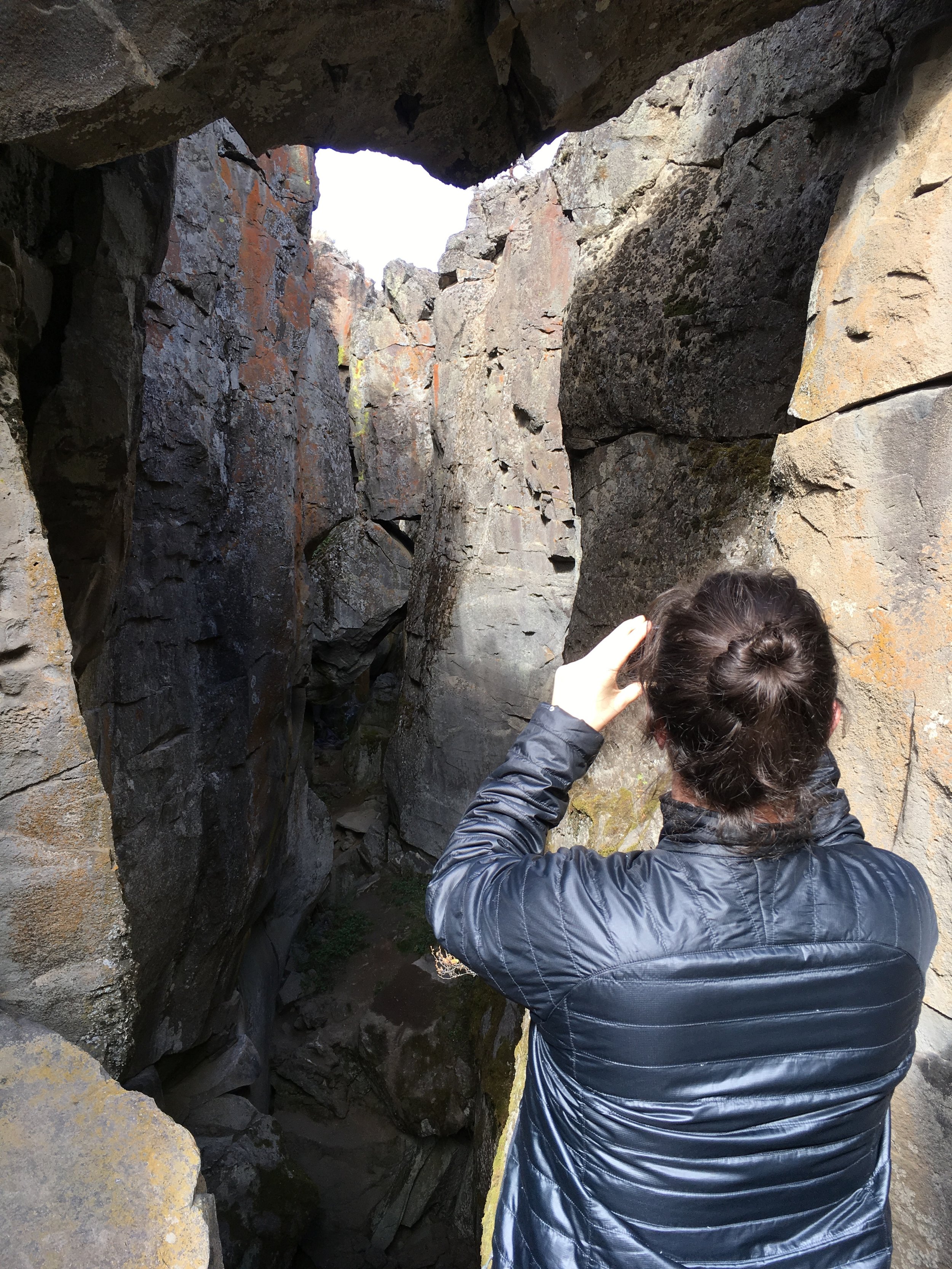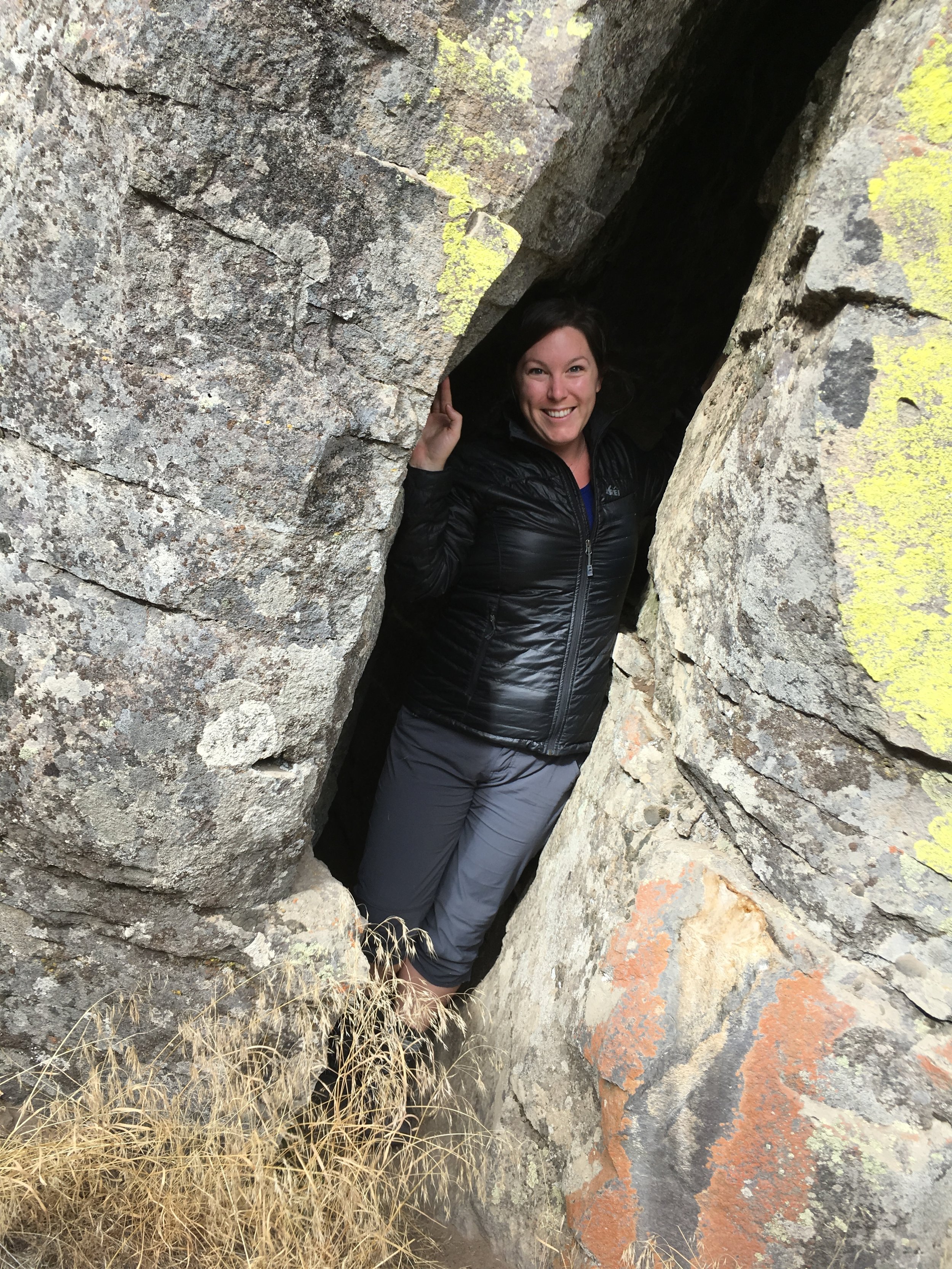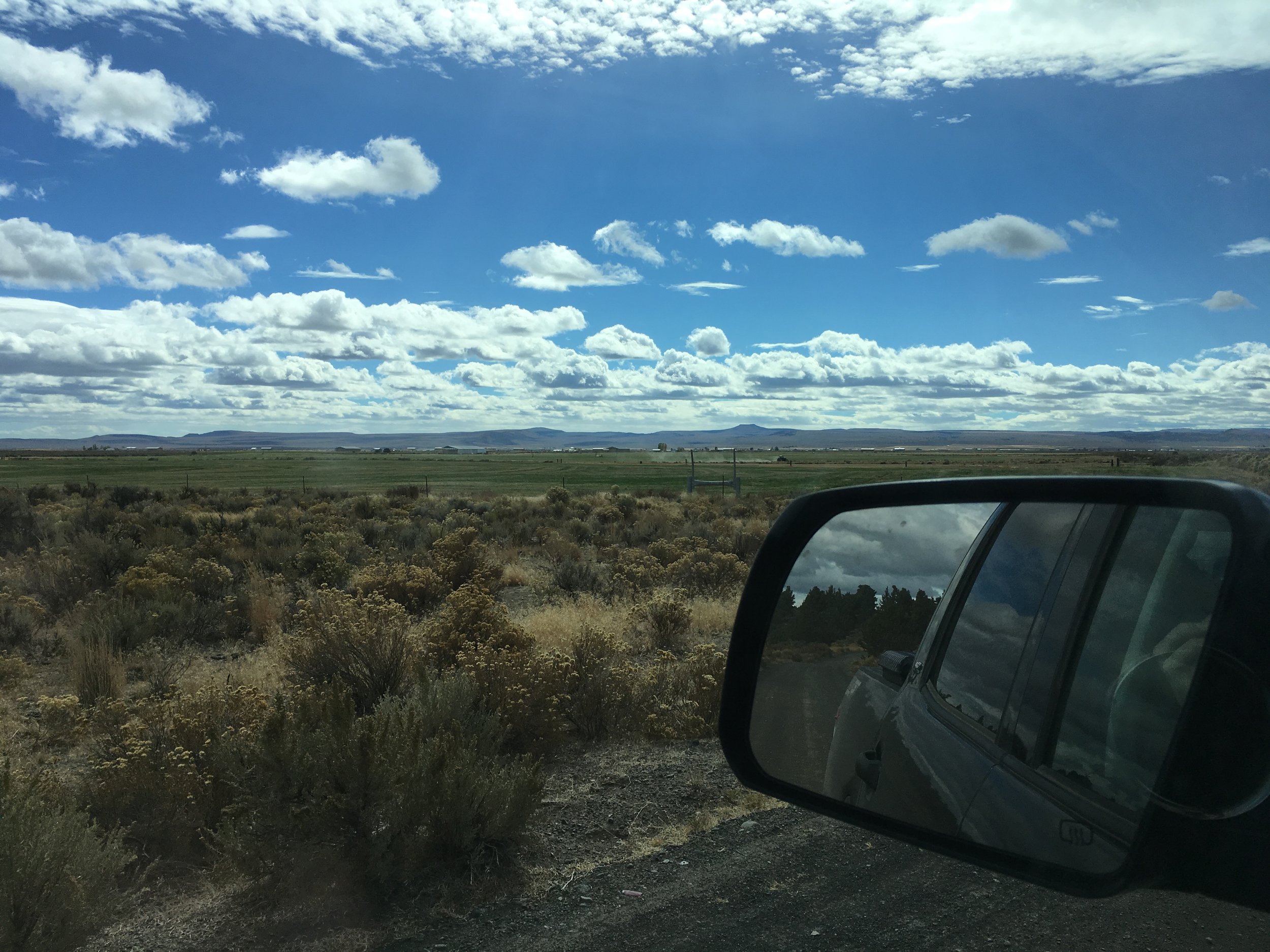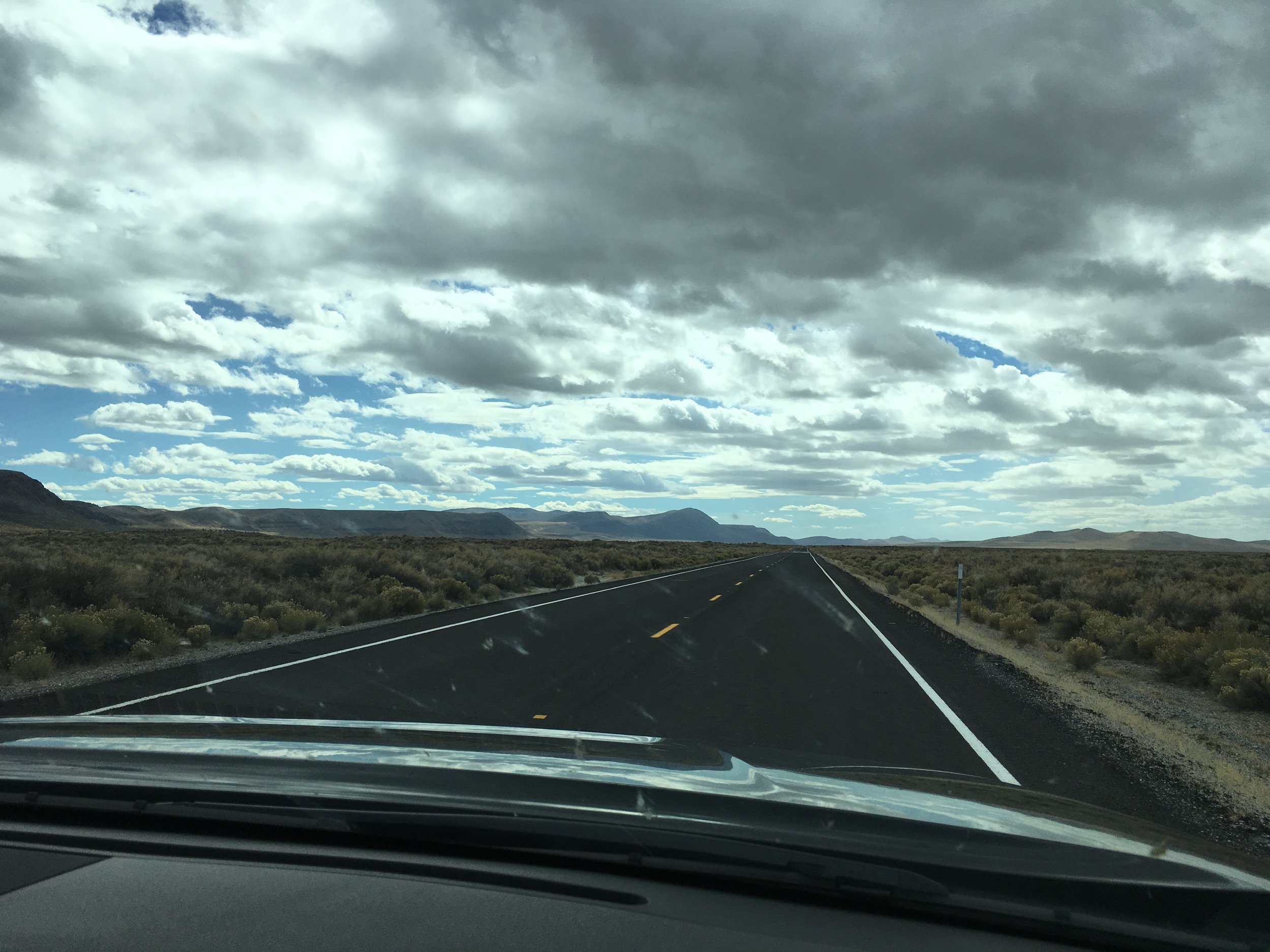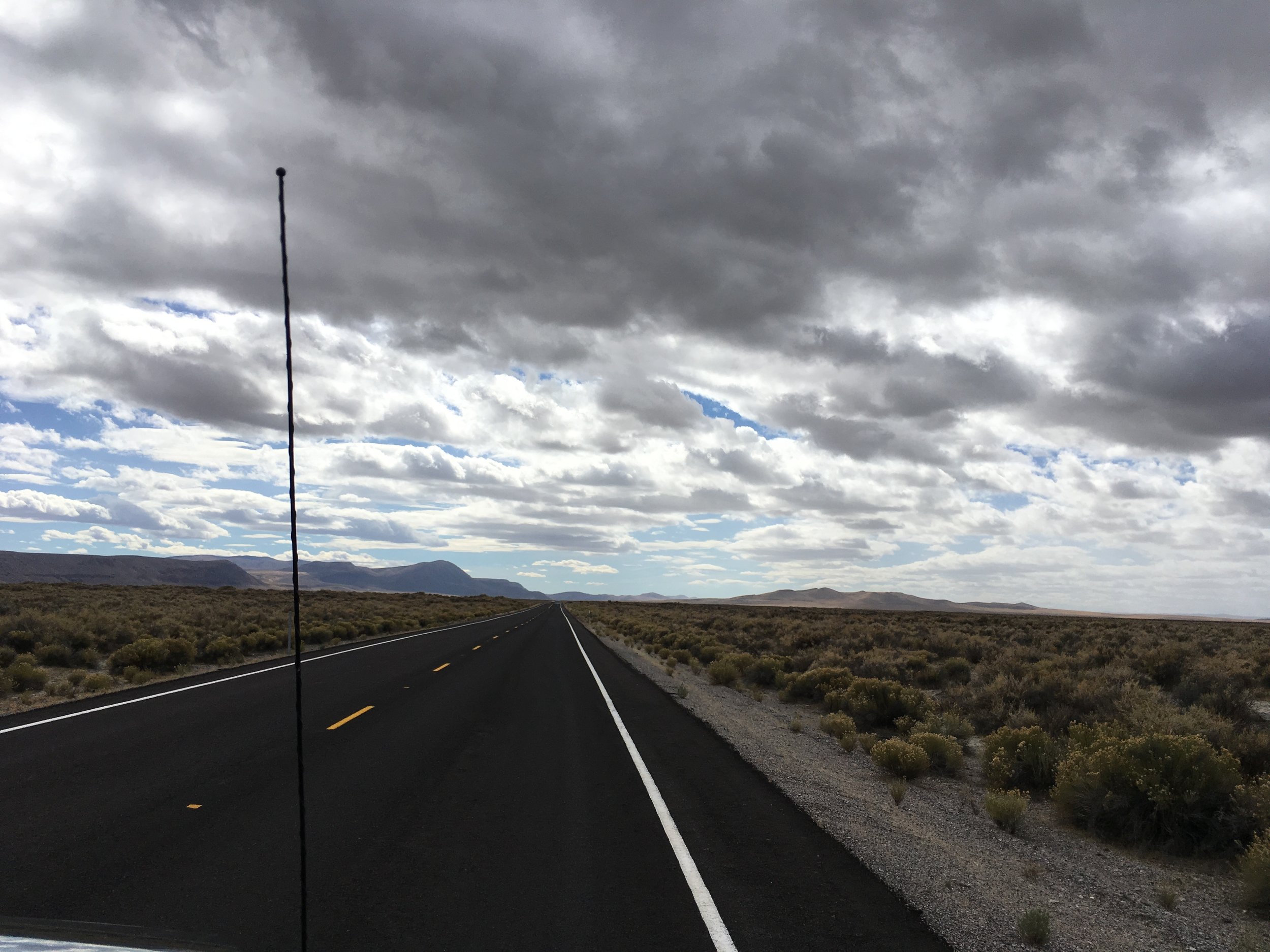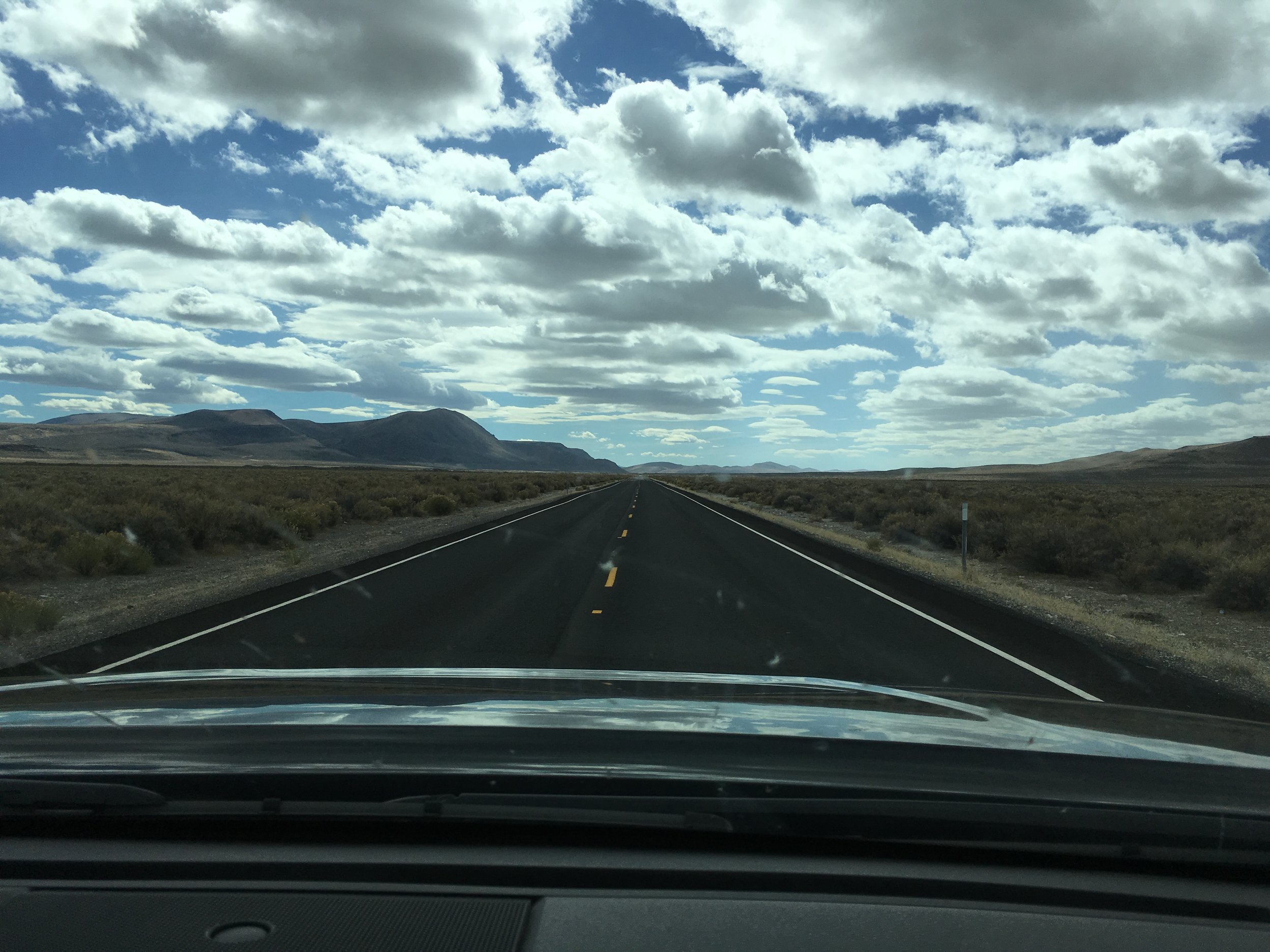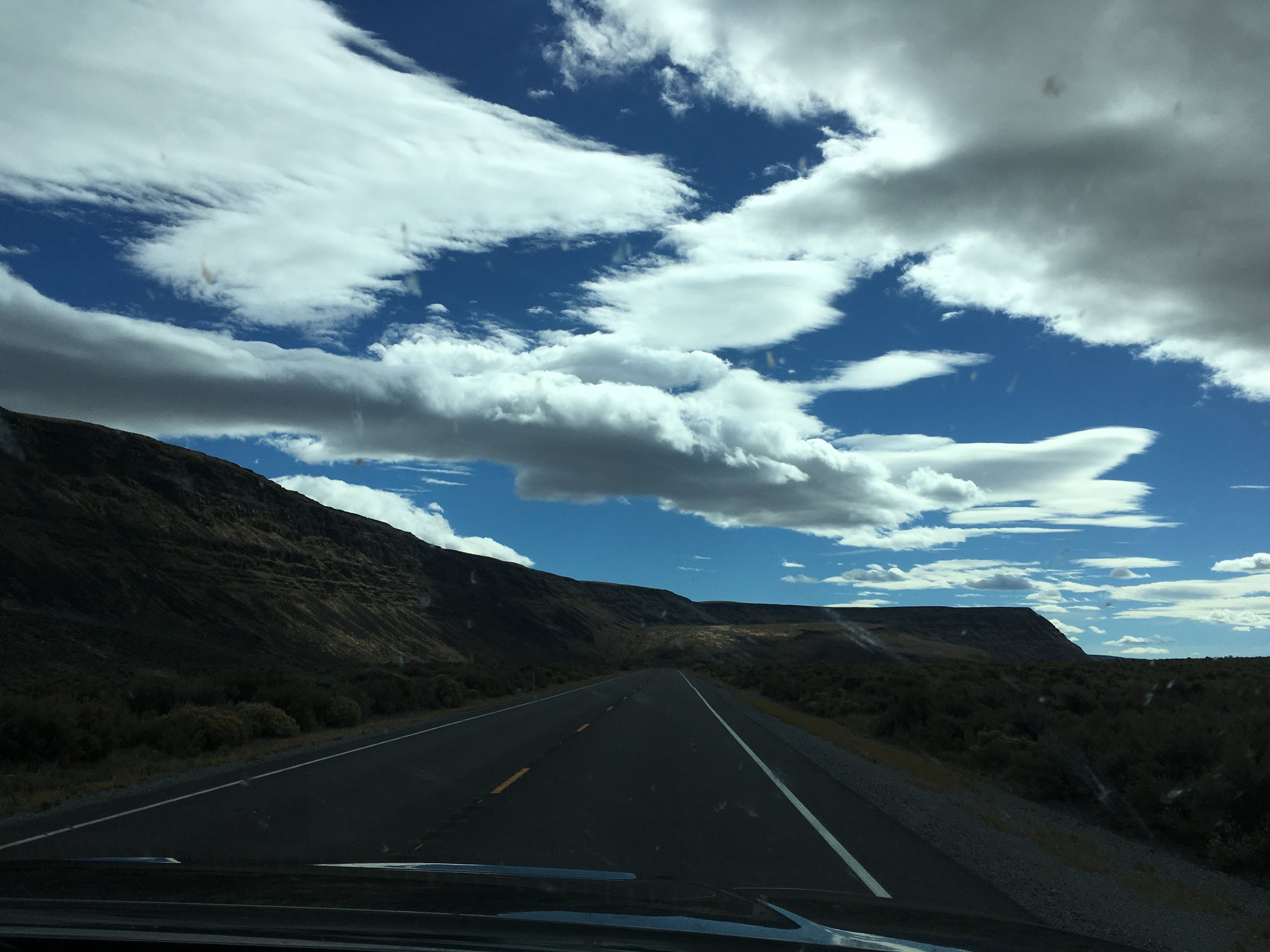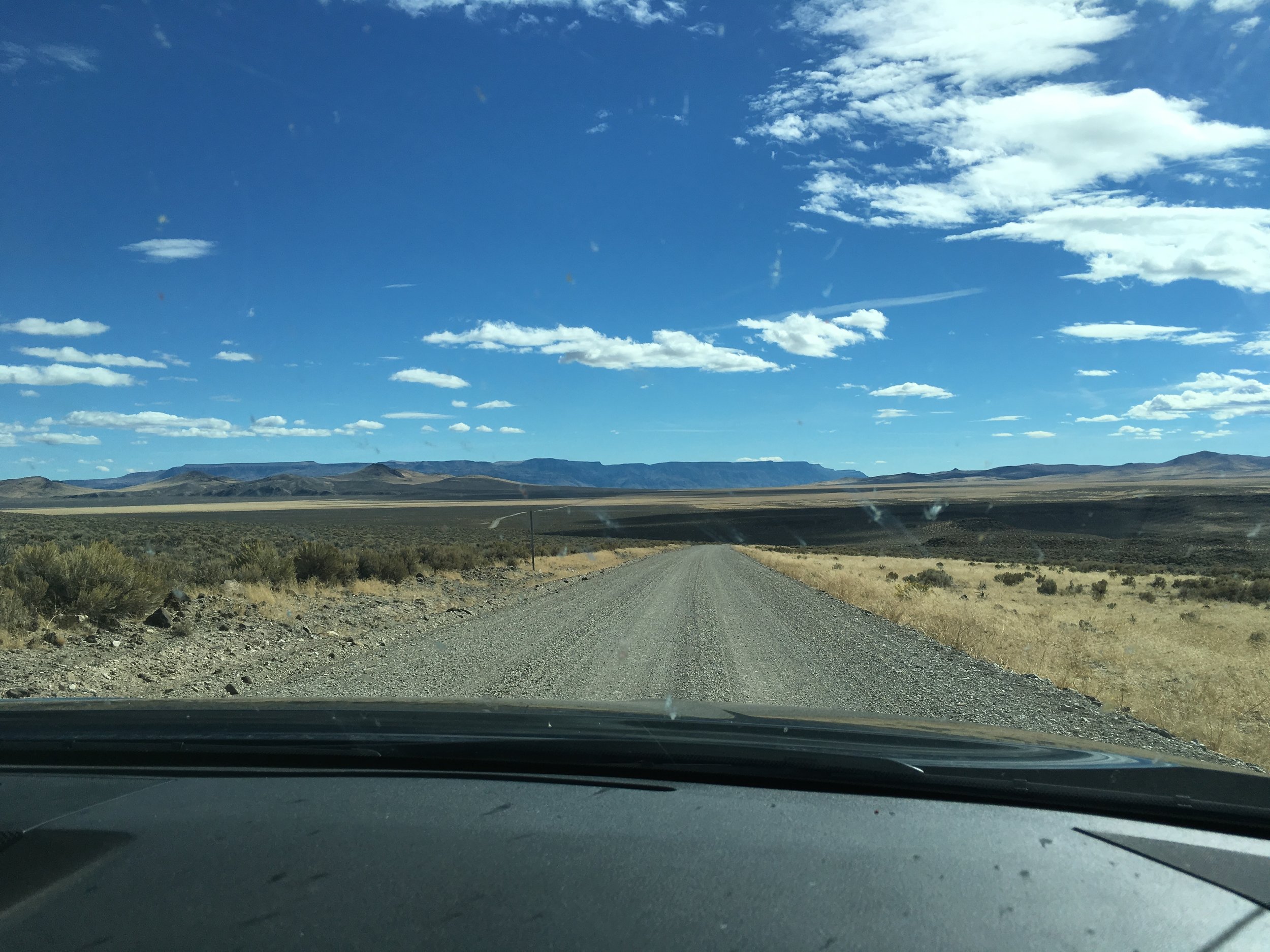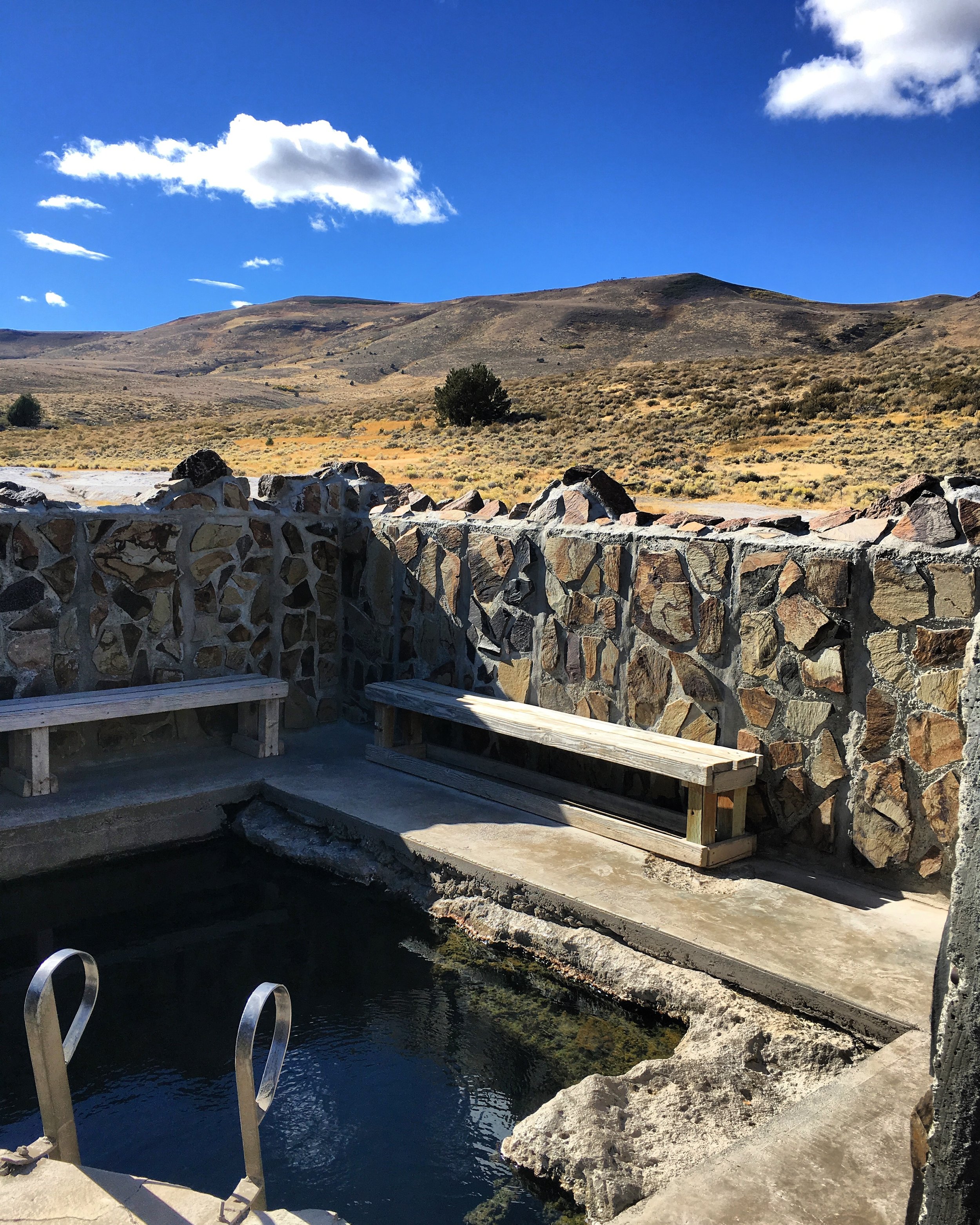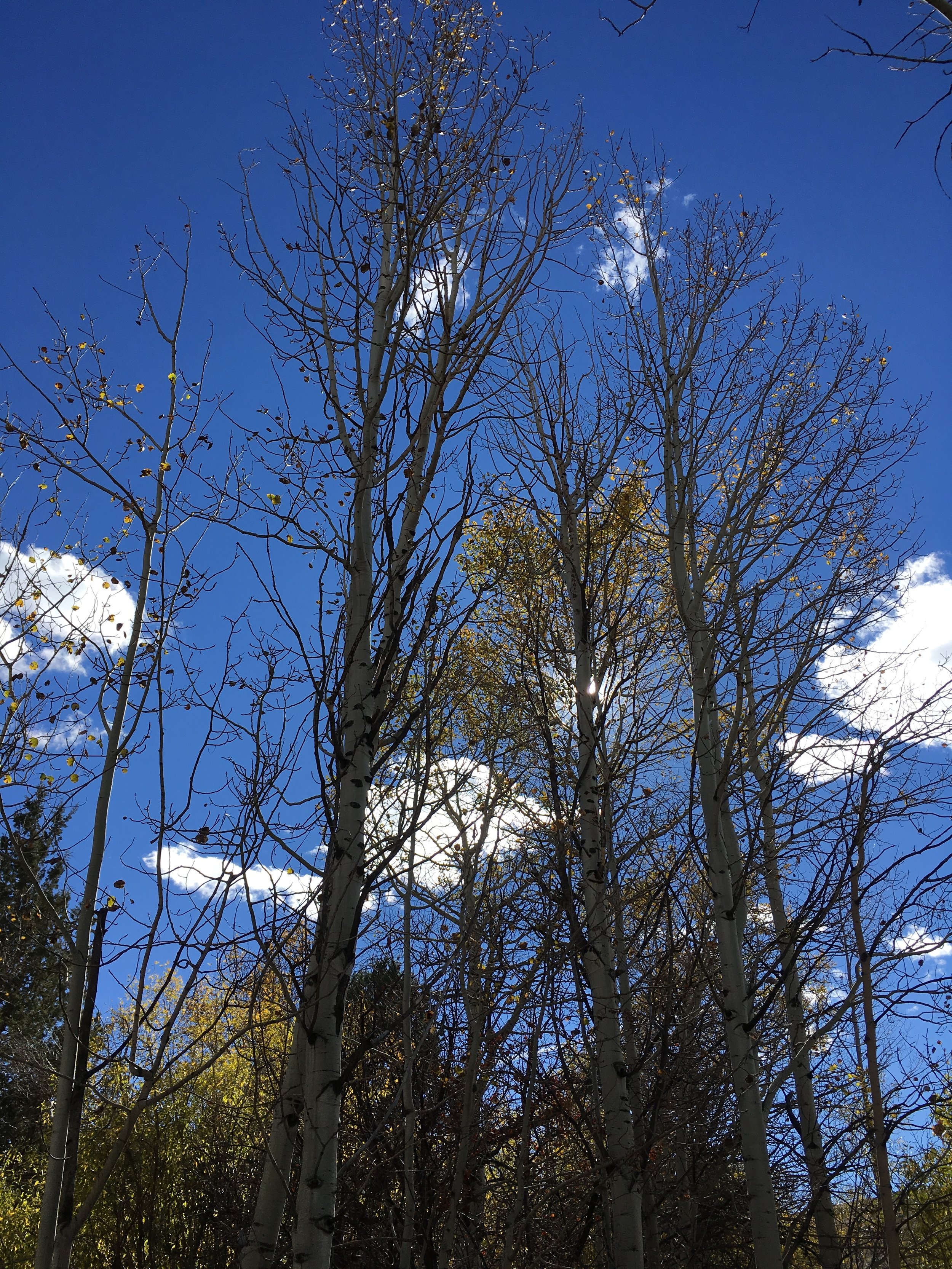Fort Rock and Crack in the Ground
(2022 Update: certain locations in this post are now experiencing far more traffic than they were during our visit 5 years ago. If you visit any of these places please try to avoid the busiest months and leave them better than you found them. Certain location data has been removed from this post, but we are still happy to answer questions if you reach out and promise to be as respectful visitors)
Tessa and I had some solid adventures in the summer of 2016, but we also spent a great deal of time navigating crowded trailhead parking lots, dodging selfie sticks, and struggling not to yell at people for blasting music from their phones on the trail. Apparently the secret of nature’s great amusement park has gotten out, as places that we used to have entirely to ourselves are now overrun with newly minted nature lovers.
Desperate to escape the masses, we looked at a map and found the most remote place that we could go to without leaving the state. Thus our journey to Steens Mountain, and the Alvord Desert was born.
Day 1
Our trip began on a dark and rainy October morning. Not wanting to wake up to soaked firewood and supplies, we held off on packing the truck until the last minute. With only the light from the garage we loaded the bed with 10 additional gallons of gasoline, 6 gallons of water, an old Colman cooler, and enough wood to keep us toasty for two cold nights. Our nearly 800 mile journey would take us through long stretches without gas stations, or fallen trees to cut, so self sufficiency was critical.
After grabbing breakfast sandwiches at the Bagel Sphere we headed into the mountains via Highway 58. Fall in the Willamette Valley can be spectacular, and that beauty only gets magnified as you head into higher elevations. Roaring rivers, yellow oaks, and a slight layer of mist in the trees kept us in awe as we passed through Oakridge and climbed to Willamette Pass.
We made one last stop to fill up on gas in La Pine before leaving “civilization”. For anyone heading to the Oregon Outback I would strongly encourage you to gas up at every opportunity. Gas only gets more expensive as you head east, and running out could be disastrous. Fortunately the Tundra has a 38 gallon tank, and with the extra cans in the bed that gave us a conservative range of over 600 miles
Fort Rock
With La Pine in our rear view mirror we turned onto Highway 31 heading towards our first destination. Aptly named, Fort Rock towers above the surrounding scrubland and can be seen from miles away. Overhead, dark clouds clashed with clear blue sky, adding to the drama of a landscape that already felt like it was straight out of an old western.
The going back in time theme only intensified as we pulled up to the Fort Rock Homestead Village. Unfortunately this neat little western relic was closed for the day. If you are driving through the area when it is open we would highly suggest taking a tour.
The Fort Rock parking lot was gloriously empty, something that we hadn’t experienced at a trailhead in a long time. We managed the short hike to the middle of the formation in our flip-flops. As we climbed it was hard not to imagine a gang of outlaws hiding out here.
I can’t say enough about the lighting that day. With the horizon seemingly going on forever it felt like we were in another world.
Derrick Cave
Our next destination was a remote lava tube cave northeast of Fort Rock. On our way we passed a cattle crossing sign, being from suburban Southern California Tessa had a good laugh at that… She laughed even harder a few miles down the road when sure enough there was a herd of cattle blocking our path. Unfortunately, that was the extent of our fun on the Derrick Cave journey, as we soon encountered a warning that the road to Derrick Cave was now private property with no public access. Apparently our guidebook had steered us wrong, and the only way to the cave was through a route to the north that would add an hour to our trip… Oh well, maybe we’d get to see it next time.
Crack In The Ground
Changing plans is always disappointing, but we knew that our next destination would be a special one. Rather than backtrack to the pavement we took a series of gravel (and oddly sandy) roads directly to Crack In The Ground. My driving skills got a bit of a workout, but the Tundra took it all in stride.
The entrance to Crack In The Ground.
There really isn’t much to mark the Crack In The Ground trailhead. If we didn’t know what we were looking for we would have missed it. A couple old timers in a white Dodge Truck were the only sign of life, something was a little off because they took off in a hurry the moment we showed up.
Crack In The Ground is a minor geologic wonder. This volcanic slot canyon extends over two miles long, and goes down 70 feet at its deepest points. We had a great time (as evident from the pictures) hiking and climbing our way through it. Overall, Crack In The Ground is truly a unique spot that we would strongly recommend.
Our final destination for the day was a wildlife refuge, roughly 120 miles away from Crack In The Ground. It was Tessa’s turn to drive and she was itching to get behind the wheel of the Truck. Lucky for her, miles of desolate and beautifully open roads were ahead. For as heavy as the Tundra is, it sure can move. Google Maps stated that this leg of the trip would take us almost four hours, which was somewhat laughable with Tessa’s heavy right foot on the gas pedal.
Eventually we turned off of Highway 395’s pristine pavement onto a two-lane gravel track known as Hogback Road. Mountains began to rise in the distance as we rocketed through a golden prairie, and passed numerous dried out lake-beds. With the exception of the occasional hay truck we were completely alone, and it was glorious.
We reached a mighty hill climb, engaged four-wheel drive and began our steep ascent on the narrow and windy road into the wildlife refuge. Admittedly I was a little nervous as we drove just inches away from vertical drop-offs, but Tessa handled this stretch like a champ. After braving the climb we stopped at the refuge headquarters and visitor center, which was unlocked, but eerily empty. A little creeped out, we proceeded down the road to our campground for the night.
Suddenly we found ourselves in the best-hidden gem of our trip. Nestled between grass-covered hills a series of aspen groves concealed 30 first come first serve campsites. While we certainly weren’t alone there were plenty of spots to go around, and we managed to grab a doublewide site next to a creek. We were at peace, with the soundtrack of the lightly babbling creek, and the gentle rustling of the aspen leaves in the wind. This would make a fine home for the night.
With camp setup (an easy process when you sleep in a truck bed) we explored the area to checkout our neighbors and find the hot springs.
Our guidebook claimed that the stone structure around the main hot springs was a wind shelter, but our short experience indicated that it was most likely to shield visitors from the naked old men resting their joints after a day's hunt. Not wanting to be scarred for the rest of the trip, we waited until dinner time to take a dip when it would hopefully be empty. The pool was warm but not boiling, and fortunately not overly smelly. We stayed just long enough to recover from our drive, before a rather large man awkwardly joined us, prompting us to head back to our camp for dinner. On our way we practically tripped into another spring, which happened to be occupied by a very welcoming bather. Despite his gracious offer for us to join him we were quite hungry and had already had our fill of public nudity for the day.
Dinner was simple but tasty: steak, peppers, and potatoes over an open fire.
With the fire dying down we curled up into the truck bed to fall asleep under a sea of stars.
